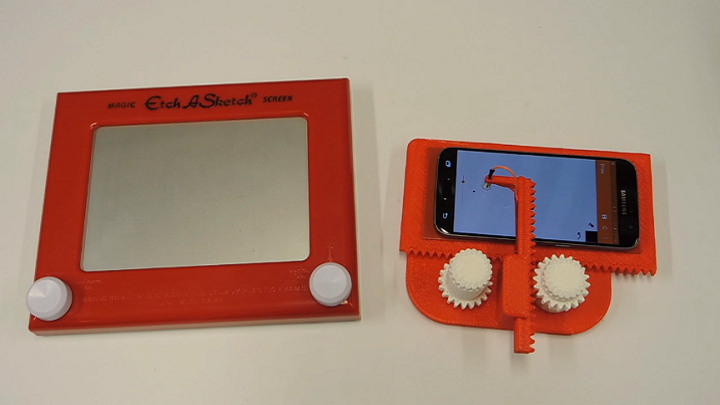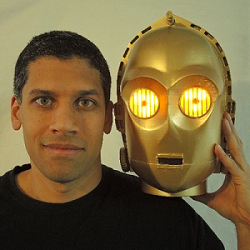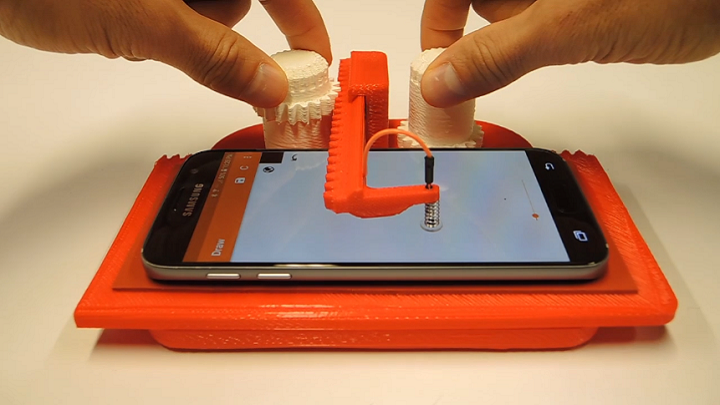This past summer, Renishaw introduced a 3D printed version, made with its metal laser powder bed fusion technology, to its range of available styli. Now in the new year, the company is launching even more 3D printed styli, so its customers will be able to fabricate complex parts calls for more customized solutions.
Renishaw provides its customers with in-house styli solutions that are both complex and turnkey, and that have the capability of accessing part features that other styli can’t reach. By using flexible metal 3D printing technology to fabricate these custom components, project lead time can decrease. In addition, metal 3D printing can also be used to create parts and components with complex shapes and structures that could not be manufactured using more conventional methods, such as strong yet lightweight lattice structures and complicated geometry with internal structures.
 Because Renishaw’s metal 3D printing can achieve such design flexibility, it can ensure repeatable metrology for its customers, and can create and customize 3D printed styli for all sorts of applications.
Because Renishaw’s metal 3D printing can achieve such design flexibility, it can ensure repeatable metrology for its customers, and can create and customize 3D printed styli for all sorts of applications.
Customers can add female titanium threads (M2/M3/M4/M5) to fit any additional stylus from Renishaw, and gain more flexibility when it comes to accessing the critical features of a component by adding a curved, 3D printed stylus to its REVO 5-axis inspection system. Renishaw can also add on a larger tip to its styli with 3D printing, which is necessary for components with larger features.
Because it’s using 3D printing to fabricate its styli, Renishaw can achieve:
- complex geometry – styli can meet access requirements for complicated parts
- custom design – Renishaw designs and produces all its 3D printed styli in-house
- design freedom – designing parts for end use, and not for inspection
- highly accurate metrology – Renishaw uses metal 3D printing to achieve strong, lightweight structures with repeatable metrology results
 Because it 3D prints all of its styli in-house, the company can ensure high quality and short lead times, so production won’t be held up. Additionally, 3D printed styli provide access to features that are unable to be reached with more traditional versions, meaning that parts won’t need to be designed for metrology access any longer.
Because it 3D prints all of its styli in-house, the company can ensure high quality and short lead times, so production won’t be held up. Additionally, 3D printed styli provide access to features that are unable to be reached with more traditional versions, meaning that parts won’t need to be designed for metrology access any longer.
Renishaw writes, “Disc styli are a solution for measuring large features on components, but designing them has been problematic in the past. The discs could only be manufactured in ceramic, which limited the sizes it was possible to produce. A custom AM stylus can provide a stiff and lightweight structure that can be manufactured to a larger diameter than a ceramic styli. A 100 mm titanium disc, with ground outer surface, designed and made by Renishaw, weighs just 13 grams, which means it can be fitted to the REVO multi-sensor platform. it provides a 70% reduction in weight compared with a conventional disc stylus of this size.”
More measurement options are opened up with 3D printed custom styli for metrology applications, as the technology, as previously mentioned, can produce more complex shapes that allow inspection of features that were not accessible before now. Renishaw’s 3D printed styli are even more flexible, as they’re designed to “heighten the capability of the REVO® 5-axis CMM multi-sensor platform.”
By combining the flexibility of 3D printing and the REVO multi-sensor platform, manufacturers can enjoy greater part design freedom. To take advantage of all these benefits, check out Renishaw’s comprehensive custom design services for metrology.
Discuss this story and other 3D printing topics at 3DPrintBoard.com or share your thoughts in the Facebook comments below.
[Source: Renishaw]






